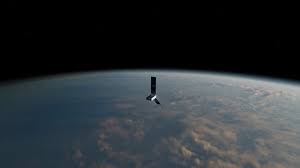PREFIRE Polar Mission : NASA

A NASA PREFIRE polar mission is set to be launched from New Zealand on May 22.
- The Polar Radiant Energy in the Far-InfraRed Experiment (PREFIRE) polar mission consists of twin satellites, each carrying one instrument and measuring the poles about six hours apart.
- The objective of the mission is to reveal the full spectrum of heat loss from Earth’s polar regions for the first time, making climate models more accurate.
- The data from PREFIRE mission is aimed at addressing the gap in knowledge and provide data to improve predictions of climate change and sea level rise.
- Provide new information on how Earth’s atmosphere and how ice influences the amount of heat being radiated out to space from the Arctic and Antarctic.
- The mission with cube satellites about the size of a shoebox will be launched aboard an Electron launch vehicle.
- It is equipped with technology proven on Mars and will measure a “little-studied portion” of the radiant energy emitted by Earth.
- Two satellites carrying a thermal infrared spectrometer will be in asynchronous near-polar orbits and will be passing over a given spot on Earth at different times. To maximize coverage, they will be overlapping every few hours near the poles.
- The instruments weighing less than 6 pounds (3 kilograms) each will make readings using a device called a thermocouple, similar to the sensors found in many household thermostats




